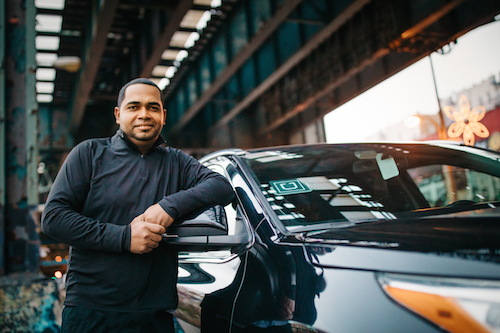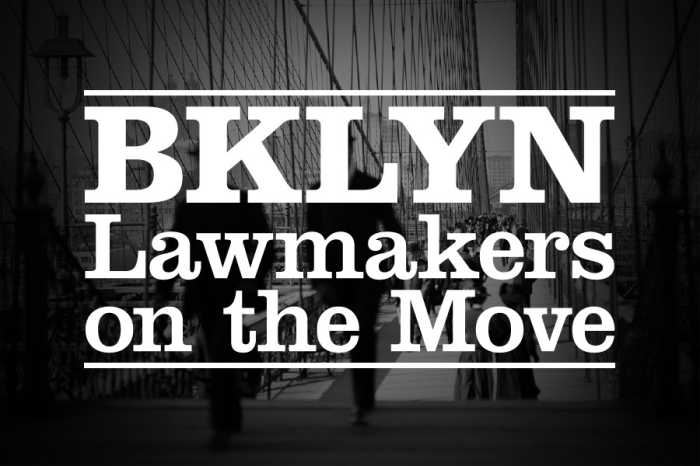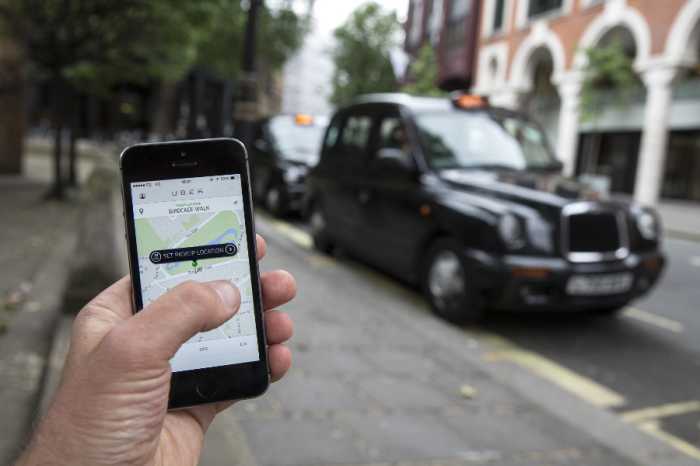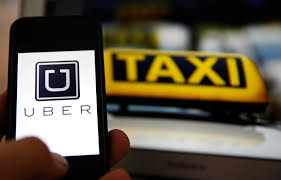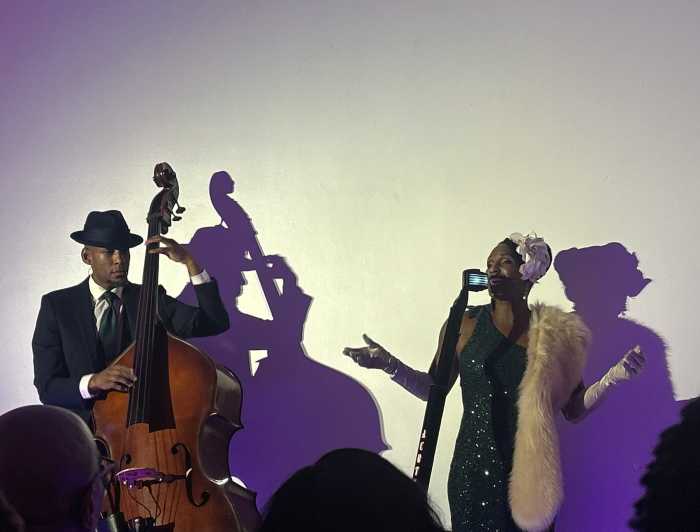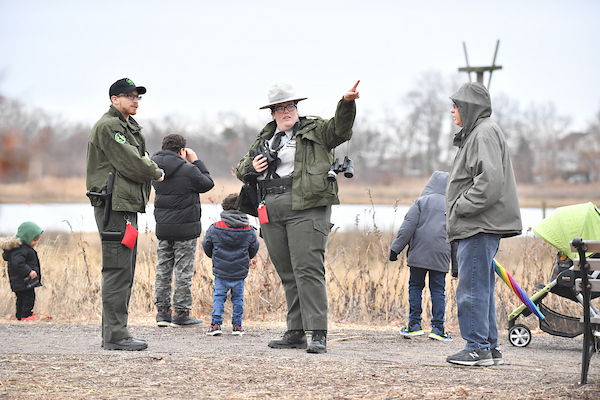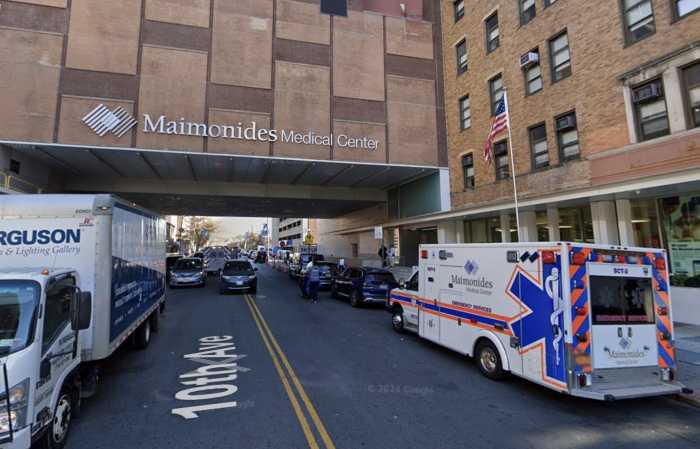Uber is taking a page from the old elected official adage, all politics is local, which helps to explain how the shared economy transportation giant’s technology is now helping fill the transit gaps and extend fixed transit lines in Brooklyn and Queens.
Uber’s growth is booming in the outer boroughs, with half of all Uber rides now starting outside Manhattan — up from about a quarter of the rides, excluding airports, two years ago.

“It (increasing outer borough service) is a specific goal we’ve had for several years,” said Uber New York General Manager Sarfraz Maredia. “We saw at the outset that the outer boroughs had the greatest demand, and we wanted to make sure we had high reliability so that we could serve New Yorkers in every borough, especially where there are transit deserts.”
Maredia said in both Brooklyn and Queens, Uber has seen large year-over-year increases in trips between 2016 and 2017.
Among the underserved Queens neighborhoods that have seen large service increases include South Jamaica, which has seen a 175% increase; Laurelton, a 150% increase; Rosedale, a 150% increase; Springfield Gardens, a 125% increase and Glendale a 100% increase.
In Brooklyn, the transit-starved neighborhood of Flatlands saw a 230% increase in Uber pickups from 2016 to 2017, while the massive Starrett City complex in East New York saw a 250% increase, Rugby-Remsen Village a 300% increase, and Bath Beach a 200% increase.
Translated into raw data, weekly pickups in Flatlands, which has no subway station, rose from 3,598 in 2016, to 13,380 weekly pickups last year. Similarly, weekly pickups at Starrett City rose from 699 in 2016 to 2,261 last year.
“We’re very focused on improving access to transportation. If we do that then we will have continued to earn trust in these communities,” said Maredia. “We’re really excited about investing in reliable access to transportation outside of Manhattan to service hundreds of thousands of people regularly.”
Meradia noted a growing number of Uber driver partners live in the outer boroughs, including the neighborhoods that are seeing increased pickups. “As a result, reliability is higher because drivers are in those neighborhoods. It’s very different with taxis, as 90 percent of them start in Manhattan,” he said.
Meradia said this focus on the outer boroughs includes several communities of color, and Uber’s community guidelines strongly discourages discrimination, and the company makes clear to driver partners that it’s illegal as well.
“We have a number of safety features when people ride or request a ride. They see a picture of the driver, the exact make and model of the vehicle, the license plate number. We also have a two-way rating system, so that riders can communicate. We have a number of features so that we are really focusing on safety. and of course if any driver or rider is behaving in a way that is unsafe, we remove their access,” said Meradia.
Meradia said just as Uber has transformed the transportation industry through technology, the company’s brand continues to grow because of the excellent service it provides to outer borough residents; and its’ continuing relationships with existing and new driving partners.
“I think the main reason riders and drivers choose Uber is that they know you’re going to be able to regularly get access in all five boroughs, and we’ve been operating a long time. We have a reputation for reliable service, and for drivers, they’ve seen we’re reliable for work. If we continue to do our jobs it will continue to be good for everyone,” he said.
-Heather J. Chin and Stephen Witt contributed to this story.


